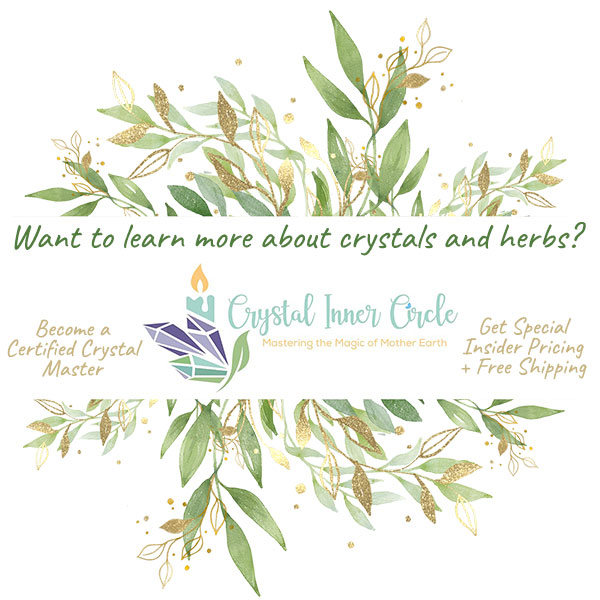Wormwood Meaning, Healing, and Magical Uses
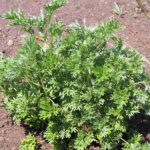
Welcome to the Masters’ Grimoire of Magical Herbs page for Wormwood. Here you will learn everything you've ever wanted to know about this herb including Wormwood's magical uses, Wormwood physical healing, and emotional healing properties, plus its use in meditation, Wormwood lore and legends, and much more!
Introduction to Wormwood
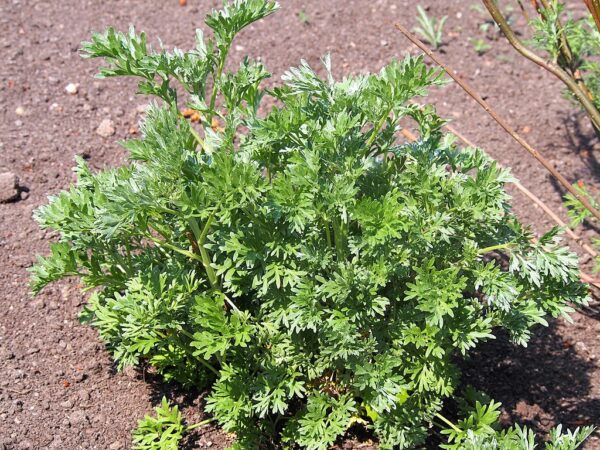
Wormwood is also known as absinthe, absinthium, absenthe wormwood, mugwort, wermout, wermud, wormit, and wormed. Artemisia absinthium is a species of Artemisia and is native to temperate regions of Eurasia and North Africa. It has been widely naturalized in Canada and the northern United States. It is grown as an ornamental plant and is also used as an ingredient in the spirt absinthe and some other alcoholic beverages.
Wormwood is a herbaceous perennial plant with fibrous roots. The stems are straight and grow to about 2 feet to 3 feet. It is tall and grooved and branched. It is usually silvery green. The leaves are spirally arranged, greenish-gray in color and white below with silky silvery-white trichomes. The flowers are pale yellow, tubular, and clustered in spherical bent-down heads. Flowering occurs from early summer to early autumn. Pollination is anemorphilous, meaning the pollen is distributed by the wind.
The fruit is small and achene. Seed dispersal is by gravity, meaning the seeds fall to the ground from the fruit. Wormwood grows naturally on uncultivated arid ground, on rocky slopes, and at the edge of footpaths and fields. Although the plant is common, it has become increasingly rare in the UK.
The sacred number for Wormwood is 189.
The name Artemisia comes from the Ancient Greek Goddess Artemis. Artemis was the Goddess of the Hunt and the protector of the forest and children. The name absinthum comes from the Ancient Greek meaning the same. An alternative of that is a genus named after Queen Artemisia who was the wife and sister of Mausolus.
The word “wormwood” is said to have come from Middle English ‘wormwode’ or ‘wermode’. Some sources say that the word “wormwood” comes from the ancient use of the plant anthelminthic that was used to expel worms from the body by either stunning them or killing them. This is documented in Natural History by Pliny.
Wormwood is an ingredient in the spirit absinthe and is used for flavoring in some other spirits and wines. This includes bitters, bäsk, vermouth, and pelinkovac. Wormwood clippings and cuttings are added to chicken nesting boxes to repel lice, mites, and fleas.

Wormwood Magical Uses and Purposes
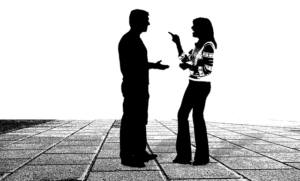
According to the I Ching, wormwood is useful in magical purposes for finding direction, persuasion, taking heed of opinions, taking advice from worthy suggestions, exhortation, conviction, convincing others, inducement, swaying opinions, and avoiding arguments.
T
Wormwood is very useful for purposes of divination, clairvoyance, and psychic awareness. It can also be used in spells for binding, exorcism, and protection. It is considered to be one of the most magical of ancient herbs. It has long been associated with powerful women and has a rich history of uses in magic, rituals, and medicinal purposes.
Wormwood has been used in magical purposes for luring love, cleansing, protection from accidents and evil spirits, and divination. Carried in a sachet or charm bag, it protects against bewitchment. It is also worked into enchantments for love.
A Spell for Dreaming of a Future Partner in Love (An Old Love Charm)
On St. Luke’s Day, dry marigold flowers, a sprig of marjoram, thyme, and a small amount of wormwood before a fire. Then, rub them to a powder. Sift the powder through a fine piece of lawn and simmer it over a slow fire. Add a small amount of honey and vinegar. Then, anoint yourself with this mixture when you go to bed. Before going to bed, say the following lines three times and you will dream of your future partner “that is to be”:
“St. Luke, St. Luke, be kind to me,
In dreams let me my true-love see.”


Healing with Wormwood
Wormwood Physical Health Benefits
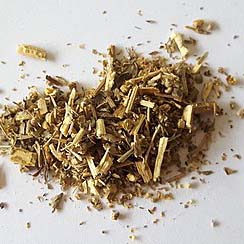
Wormwood is used as a medicine for dyspepsia and as a bitter to counteract a poor appetite and also various infectious diseases, Crohn’s disease, and nephropathy. The active ingredients in wormwood include anabsinthin and a volatile oil that is 70% thujone. Thujone is an active organic chemical that acts as an antagonist of the neurotransmitter GABA. GABA controls neuron excitability in the brain. Thujone limits the activity by limiting the receptors of the nervous system.
Wormwood tincture was also used externally for wound cleansing and treating insect bites. Other benefits of wormwood include: anti-inflammatory, anti-pyretic (fever reducer), chemotherapeutic (kills cancer cells), anti-microbial and anti-fungal (kills bacteria, viruses, and funguses), and anti-parasitic (kills parasites).
Wormwood in rare occasions has been known to cause convulsions and death when administered in large amounts to animals and humans. There is only one documented case of toxicity of wormwood involving a 31-year old man who drank 10 mL of steam-distilled volatile oil of wormwood, after believing it was absinthe liqueur. Medicinal extracts of wormwood have not been show to cause seizures or other adverse effects at usual doses.
Overdoses of wormwood can cause excitability or nervousness and muscle spasms. Toxic doses of thujone from wormwood in Absinthe is part of how the beverage got its reputation for hallucinations and other effects. For many years, researches thought the effect was similar to that of THC, the active hallucinogenic compound found in cannabis. However, research has proven the reaction to be different with no psychoactive effect.
The levels of thujone contained in alcohol such as absinthe, wormwood extract, wormwood tincture products and other medicinal preparations made in the US, Canada, and Europe are well below the limits that are considered to be toxic.
Spiritual Healing with Wormwood

Wormwood has a strong connection with the spirit world. As is such, it can be used in rituals with or for those who are dying to help ease their journey to the spirit world. It also enables those who are having difficulties with the loved ones death to let them move on without extreme worry or grief.
Emotional Healing with Wormwood

Wormwood can aid in emotional healing by helping to release resentment towards others. It supports us when dealing with old wounds and helps ease forgiveness towards others.
Wormwood for Chakra Healing

Wormwood is associated with the Solar Plexus Chakra.
The Solar Plexus is the energy distribution center, the first of the chakras of relationships. This chakra is located between the ribcage and the naval. It controls the immune system and the digestive systems. When it is in balance you will have physical strength to fight infections and be free of allergic reactions. It will also aid in nutrient digestion and absorption.
Spiritually, when the Solar Plexus is in balance, you will be free to interpret the world with your own thoughts and emotions and live without fear of violating the dictums of others.

Color Energy of Wormwood
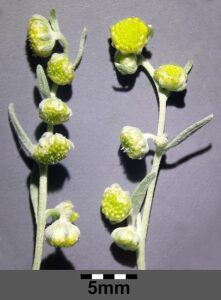
Yellow is the color associated with Wormwood.
The color ray of yellow is happy, energetic, and optimistic. It is a wonderful color for getting things organized around you and in your mind. Yellow is the color of the coming sun and the warmth it brings. The bright days of summer light up the landscape and bring us the power of enlightenment. The light it brings allows us to better be enlightened and find the knowledge we seek.
Yellow is the color of the summer solstice. It ushers in the bright long days with warm temperatures and sustained vigor. Yellows is the color of the the natural birthstones of those born in the beginning of summer, June 21 through July 21st. It is the color of midday, midyear, and the beginning of midlife. It is the color of journeys beginning well, and the full promise of sunny optimism.

Angels Associated with Wormwood

Wormwood is associated with three different angels:
Amnitziel, the Master of the 18th Tarot Card; the Moon.
Asmodel, the Master of the 5th Tarot Card; The Hierophant, and is associated with Taurus.
Elemiah, the Protector and Ruler of the dates April 5 - 9th, and is associated with Aries.

Wormwood and the Goddess

Wormwood is sacred to the Goddess Artemis and named after her, artemisia.
Artemis is the Greek Goddess of the Hunt. She is a beautiful goddess who was often lusted after but celebrated for her femininity. She protects the forests and animals of the wild with her bow and arrow.


Wormwood Birth Herb

Worrwood is the birth herb for those born on July 3, August 5, August 11, August 20, August 30, September 26, October 12, and November 15. If you were born on one of these dates, you might find that you have a particular attraction to Wormwood. You may feel drawn to it. Those with the birth herb of Wormwood will likely find it more powerful and intuitive to work with.

Wormwood I Ching Hexagram

Wormwood is associated with the 61st hexagram of the I Ching.
This hexagram is about Influencing Others. It tells us that the empowered person observes how animal handlers must think like their animals in order to guide them effectively, and learns a lesson about influencing others.
Its keywords are direction, persuasion, opinion, suggestion, exhortation, conviction, convincing, inducement, sway, and argument.
The 61st hexagram encourages us to understand other points of view, look at a situation from another’s perspective. To engage in debate or rhetoric with the intent to change minds or sway opinions. To be savvy and ethical in marketing. To make speeches and write articles.
It discourages us from manipulating others, suppressing meaningful dialogue\, attempting to sway public opinion with slanted news or distorted facts, making a game of convincing other of the righteousness of your views, deceiving others, and speaking with insincerity.

Wormwood Astrological Sign

Wormwood is associated with the astrological sign of Aries. It is the first astrological sign of the Zodiac. People born between March 21 through April 20 are associated with this sign. In Moon Astrology it is associated with the Mansion of the Lake.

Uses of Wormwood in Feng Shui
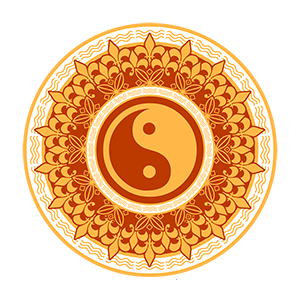
Wormwood relates to Feng Shut by it’s flowers and stems.
The flowers of wormwood brings us fire energy. This is the energy of inspiration, art, self-expression, free will, passion, love, and beauty. Use the flower energy of the wormwood in your practices to celebrate joys of love and life. It is the happiness element and should be a part of most ceremonies.
The stalks and stems of wormwood brings us wood energy. Wood element energy is the creative energy of motivation, personal growth, and renewal. Life the time of the new moon and the Winter Solstice, wood energy is new beginnings, hope, and rebirth. Use the stems of wormwood when you need the energy of the woods.

Uses of Wormwood in Talismans and Amulets

Wormwood is associated with the Mansion of the Lake. This makes it ideal for use in talismans for the following purposes: Dealing with aging, dealing with aloofness, answers to mysteries, inner beauty, belief, birth giving, centering, clarity, concentration, confession, discretion, endurance, equilibrium, facing reality, focus, hidden knowledge, ideals, dispel illusions, inner truth, intimacy, introspection, invincibility, meaning, meditation, soothing a troubled mind, mystery, peace, protecting property, protection, quiet, reflection, shelter, conviction, exploring the unknown, visualization, character, and calmness.

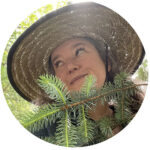
by Theresa Peters
Theresa Peters is an (almost) life-long Alaskan. She is a writer and artist for the Crystal Inner Circle and has been studying crystals and their metaphysical and magical properties since she was a teen. Living in Alaska she has grown to appreciate the magical qualities of nature and the way the effect it has on all living things.
Using Wormwood in Divination
Wormwood has a strong connection with the spiritual world. Because of this connection, you may burn wormwood as an incense to raise yourself to a higher level of psychic awareness. It can be an aid in divination and clairvoyance. Mixed with sandalwood it is very potent.

Meditation with Wormwood
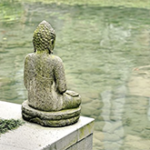
For the purpose of meditation, wormwood can be beneficial when burned as an incense. The incense can raise your level of psychic awareness and increase the precision of self-awareness and spiritual discovery when meditating.

Lore and Legends of Wormwood
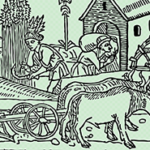
Wormwood was used in the Middle Ages to spice mead and in Morocco it is used in tea and called sheeba.
Wormwood was a traditionally common bittering spice in farmhouse brewing in Denmark and also in Estonia. In the 18th century England, it was sometimes used instead of hops in beer.
Legend states that if you burn wormwood at a graveyard it will summon the spirit of the departed.
In the book of Revelation in the Bible, a mention of a star named Wormwood plummets to Earth and turns a third of the rivers and fountains of water bitter.
It is said that wormwood first grew from the path of the serpent as it exited the Garden of Eden.
Nicholas Culpeper insisted that wormwood was the key to understanding his 1651 book entitled The English Physician. Richard Mabey described Culpeper’s entry on wormwood as a “stream-of-conciouslness” and “unlike anything else in the herbal’.
William Shakespeare referred to wormwood in Romeo and Juliet; Act 1, Scene 3. Juliet’s nursemaid says in the play, “For I had laid wormwood to my dug” meaning that she had weaned Juliet at age 3 by using the bitter taste of wormwood on her nipple.
John Locke wrote in his book An Essay Concerning Human Understanding; “For a child knows certainly before it can speak the difference between the ideas of sweet and bitter, as it knows afterwards that wormwood and sugarplums are not the same thing.”

by Theresa Peters
Theresa Peters is an (almost) life-long Alaskan. She is a writer and artist for the Crystal Inner Circle and has been studying crystals and their metaphysical and magical properties since she was a teen. Living in Alaska she has grown to appreciate the magical qualities of nature and the way the effect it has on all living things.
Share this page:
Always stay up to date on crystals, sales, get the latest guides, and more by joining our email list!
We're proudly spam-free and will only send you the best crystal info and sales.
References
IChing for Beginners - by Mark McElroy
https://en.wikipedia.org/wiki/Artemisia_absinthium
https://www.osgf.org/blog/2021/10/25/the-most-magical-plants
https://www.motherearthliving.com/gardening/plant-profile/magical-uses-of-wormwood-ze0z1102zdeb/
https://witchipedia.com/book-of-shadows/herblore/wormwood/
(Please note: Information on this website is no substitute for consulting a health care professional. All information contained on this website, including information relating to medical and health conditions, products, and treatments, is for informational purposes only. Please see your doctor or health care professional before starting any alternative treatments, diets, supplements, or exercise programs.)


